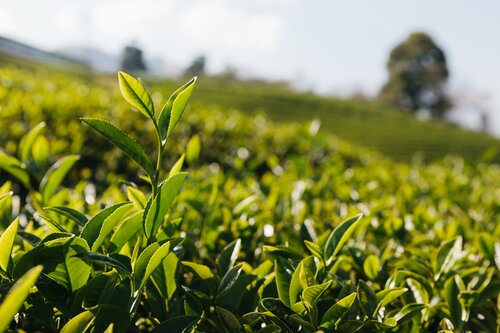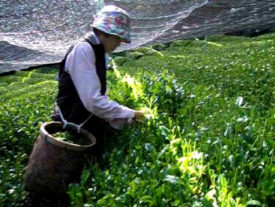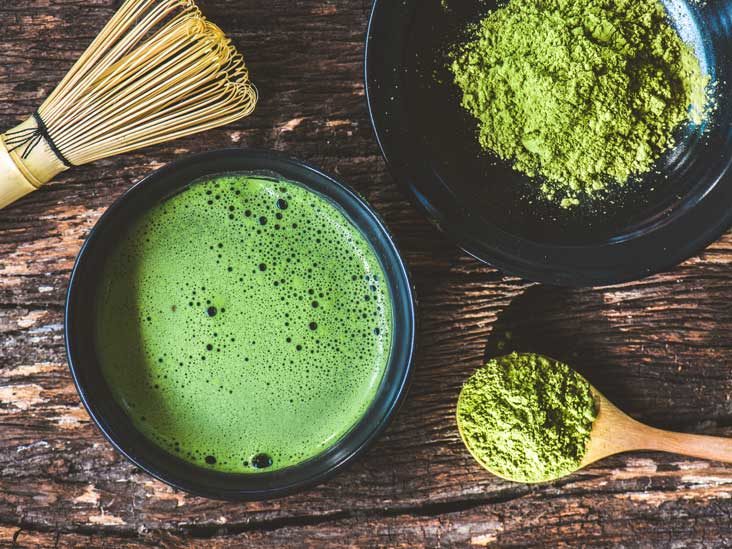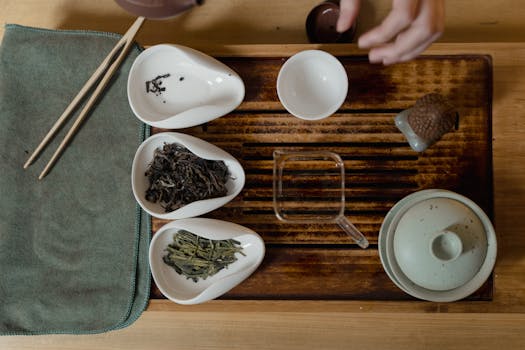🍵 Green Tea: Benefits, Flavor, and Why It’s Worth Every Sip
Discover the science, taste, and beauty of one of the world’s healthiest teas. Green tea is one of nature’s most powerful drinks. Known for its antioxidants and subtle flavour, this tea has been treasured for centuries in Asian cultures

🌿 What Is Green Tea?
This infusion is a type of unoxidised tea made exclusively from the leaves of the Camellia sinensis plant. After harvesting, the leaves are lightly withered and then immediately steamed or pan-fired to preserve their green colour and lock in powerful compounds like chlorophyll, polyphenols, and antioxidants.
Thanks to this minimal processing, this tea retains more nutrients than other types of tea — making it one of the healthiest and most popular teas worldwide.


☀️ Sun-Grown vs. Shade-Grown Green Tea
The flavour and quality of green tea depend heavily on how the tea is grown. There are two main cultivation methods:
- Sun-Grown Green Tea
The most common variety, sun-grown green tea has a lighter body and more astringent taste. It’s what you’ll typically receive when ordering green tea unless otherwise specified. - Shade-Grown Green Tea
By covering the plants with shade for days or weeks before harvest, tea growers increase the leaves’ chlorophyll and L-theanine content. This results in a tea that’s rich in umami flavour, buttery sweetness, and deep complexity.

🍵 Matcha: The Icon of Shade-Grown Tea
Matcha is a shade-grown powerhouse made from finely ground Tencha leaves. Unlike regular tea, where you steep and discard the leaves, Matcha is whisked into water — meaning you consume the entire leaf. The result? A bold, vegetal, slightly sweet drink with unmatched flavour and health benefits.
💎 Why Is Shade-Grown Tea More Expensive?
Producing shaded tea is a labour-intensive process. Growers must:
- Time the shading precisely
- Adjust coverings daily
- Manually manage light exposure
This additional care results in improved taste but also higher production costs — which is why teas like Gyokuro, Tencha, and Matcha are typically more expensive than standard green teas.
That said, the investment is worth it. Shaded green teas offer a depth of flavour and wellness benefits that are hard to match.
🌱 The Health Benefits of Green Tea
This tea isn’t just delicious — it also ranks among the most researched health beverages on the planet. For centuries, traditional Asian medicine has relied on its healing potential. Today, scientific studies continue to confirm what ancient wisdom already knew.
🛡 Antioxidants
To begin with, green tea is rich in powerful catechins like EGCG. These compounds help neutralise harmful free radicals, which may lower the risk of cancer, heart disease, and signs of cellular aging.
⚖️ Weight Loss Support
In addition, several studies indicate that green tea can increase metabolism and enhance fat oxidation. This makes it a popular choice in many natural weight-loss plans.
❤️ Heart Health
Furthermore, drinking green tea regularly has been shown to improve cholesterol levels and reduce blood pressure — both key factors in maintaining a healthy heart.
🧠 Mental Focus
Thanks to its moderate caffeine content and calming L-theanine, green tea also promotes sharper focus without causing the jitters often linked to coffee.
🩸 Blood Sugar Balance
Finally, green tea may support more stable blood glucose levels and boost insulin sensitivity, offering real benefits for those managing type 2 diabetes.
Numerous studies highlight the antioxidant power of this drink. Numerous studies highlight the antioxidant power of this drink, Harvard Health even details how this infusion supports heart health and longevity.

✨ Final Thoughts
Whether you prefer a vibrant bowl of Matcha or a delicate cup of Sencha, this tea is much more than a drink — it’s a daily ritual rooted in wellness, history, and quiet joy.
Stay tuned as we dive deeper into each health benefit in future posts. For now, just remember this: green tea is as good for your soul as it is for your body.


